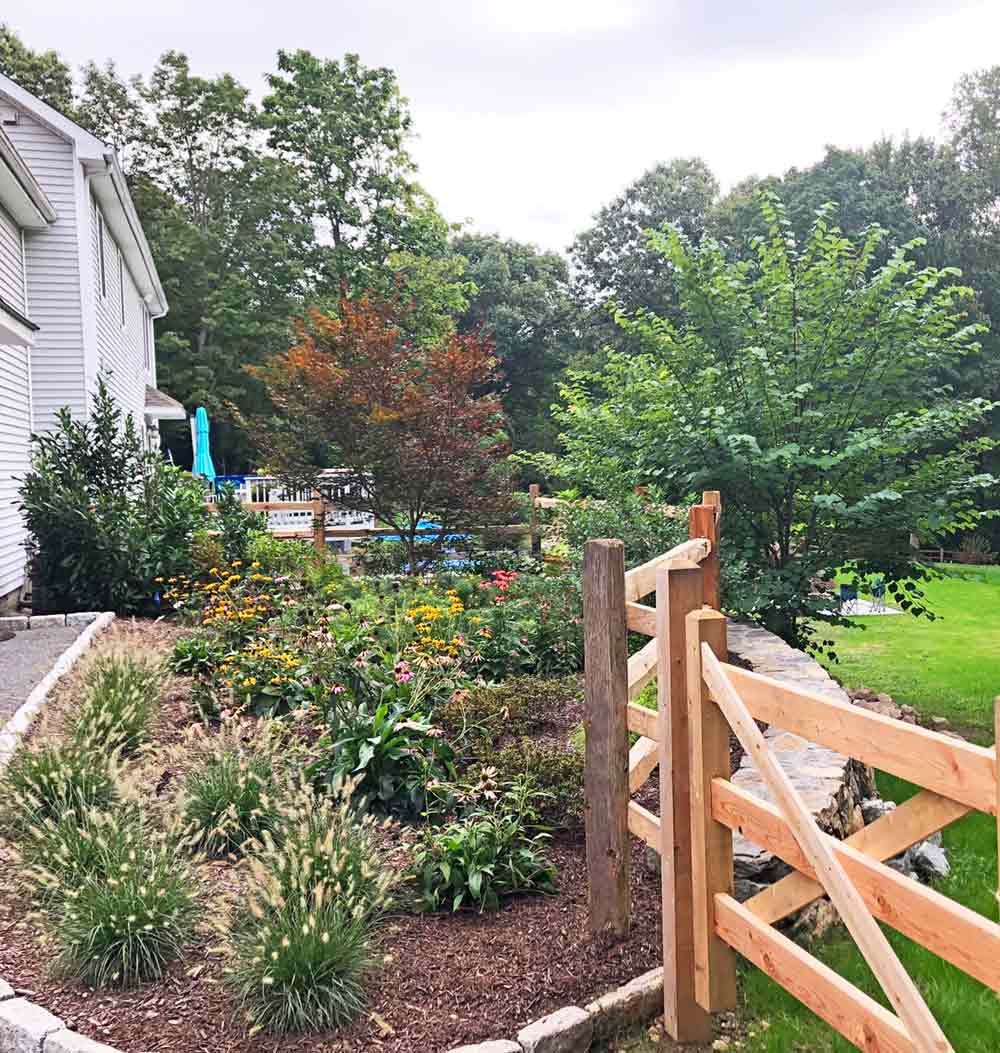
Our world is made up of a network of tiny interlocked ecosystems. If you want to change the world in a positive way, you don’t have to think globally, you can make a larger impact just by keeping your personal ecosystem as healthy as can be. Each person making sure their own ecosystem is healthy will cause positive changes on a larger scale!
1. Plant Native Plants
Most flowers, shrubs, and trees commonly used in many yards offer little to no benefit to native birds and butterflies — and that’s one of the reasons why our bird and butterfly populations are dwindling. Plants native to this area also use less water than many widely popular imported plants. Native plants provide food sources, reproductive areas and shelter for birds, bees, insects and small mammals.
2. Create Micro Habitats
A micro habitat is an ecologically vital and visually interesting substitute for the traditional flowerbed. Instead of traditional non-native plants — zinnias, petunias, roses and such — it uses native plants, such as aster, rudbeckia, milkweed, clethra and mountain laurel.
Our native butterflies depend on these plants, which they have used to evolve in sync. A monarch butterfly might gain some nourishment from non-native plants, but its dietary needs would be better suited by wild bergamot. And caterpillars depend on milkweed. Remember: Without caterpillars, we’ll have no butterflies.
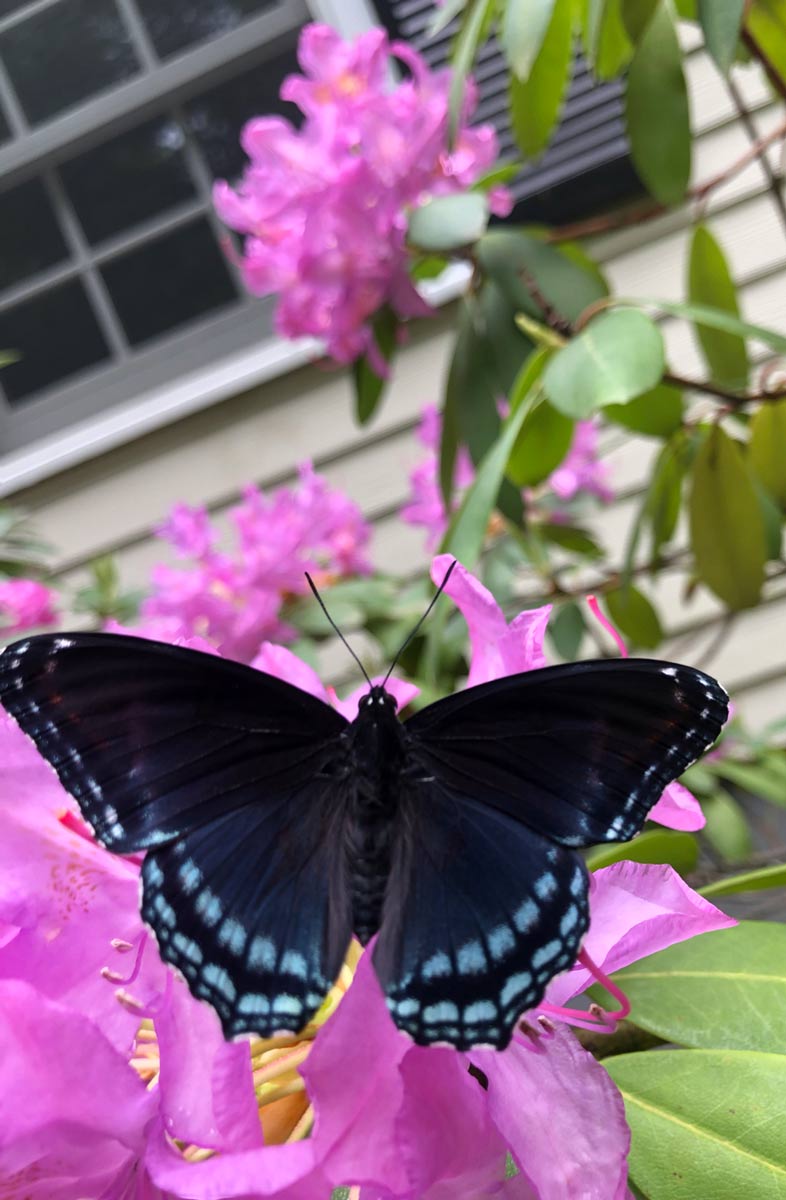 3. Plant and Maintain a Landscape that Mimics a Forest EcoSystem with Many Layers
3. Plant and Maintain a Landscape that Mimics a Forest EcoSystem with Many Layers
Plant tall trees, medium and small shrubs, a flower and herb layer and a groundcover layer. Multi-layered landscapes will invite a plethora of beneficial inhabitants to your ecosystem. This will also prevent a monoculture that can be devastated by one bad insect or disease infestation.
4. Don’t Use Synthetic Chemicals on Your Yard
Chemical fertilizers and pesticides are bad for your soil’s ecosystem and contribute to the pollution of our streams, lakes, rivers, and the Long Island Sound. Synthetic pesiticides and fertilizers kill all the living and beneficial microbes, fungal and bacterial colonies, and biotic agents that soil needs to be healthy and sustain plant life.
5. Use Organic Gardening Methods
Wait until seeds set to cut back your plants. In winter, before cutting your plants back, give their seeds a few weeks to dry and fall to the ground. Better yet, don’t cut anything back until early spring. Birds and beneficial insects will eat the seeds, and you’ll notice more birds in your yard during winter months. Leave the leaves. When your trees drop their leaves, leave a layer — anywhere from half an inch to three inches thick in parts of your yard. If you’re uncomfortable with the look of those leaves, put them in areas where they won’t be visible, such as under or behind a row of shrubs.
Those leaves will do several great things. As they compost, they’ll create the most ideal soil condition possible for growing healthy plants. The leaf cover will create a micro-habitat for beneficial insects, which in turn, attract birds. Many beneficial insects overwinter in leaf debris as well. Third, the leaf cover will protect plant roots and cool the ground, dramatically reducing the amount of watering you need to do.
If you can’t compost or save all your leaves, consider using your mower to mulch some of the leaf material right into your lawn. Leaves are nothing more than natural nutrients dropped by the trees, mulching them up and letting them fertilize your lawn is one of the best things you can do for your lawn and your soil.
6. Mow Less and Have Less Lawn!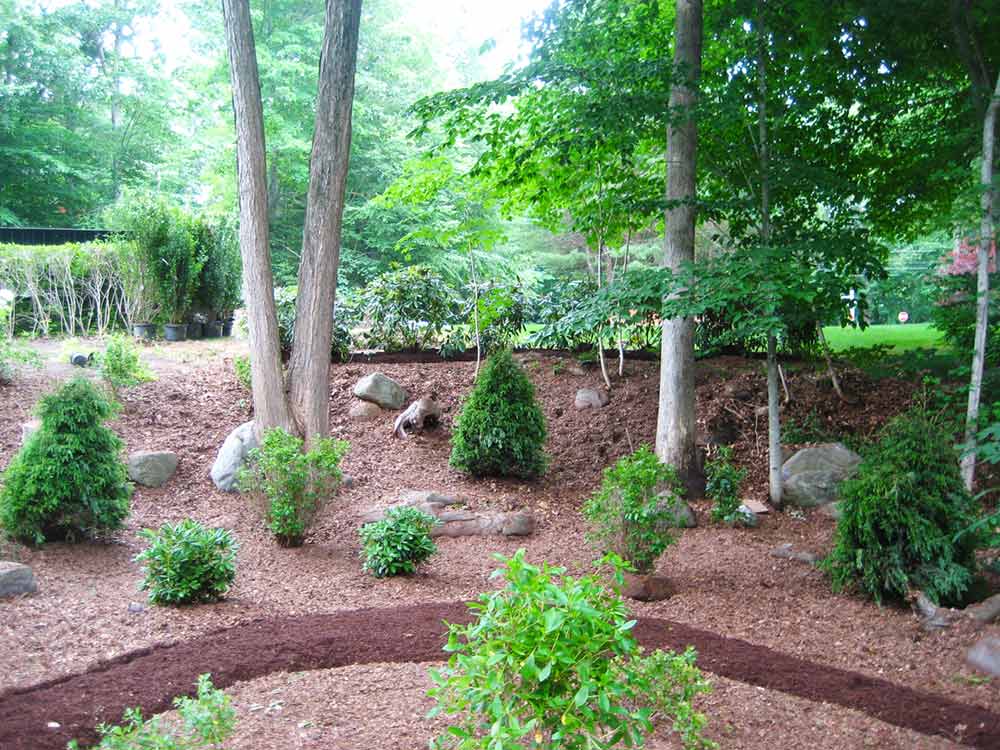
Most people cut their grass too short and too often. When grass is overcut, it doesn’t have time to establish adequate root structure. Those shallow, unprotected roots mean that the grass needs more water and suffers more from heat stress.
Raise the blade on your mower so that the grass left standing is at least four inches tall. If you don’t like the look of taller grass, you may need to mow more often, but we recommend you broaden your aesthetic and learn to appreciate its beauty.
Because turfgrass is not a native plant it requires lots of inputs to thrive, so be sure to only have the square footage of lawn that you actually need. Plant more trees, meadows, prairies, and have no mow zones in favor of lawn if you don’t need it.
7. Leave Some Standing and Fallen Dead Trees in the Wooded Corners of Your Yard
The standing dead trees create habitats for birds, squirrels, opossums and racoons. These mammals are integral in your yard ecosystem and remember, if they have a place to go, they will stay out of your space. The fallen logs invite the decomposers that are necessary to complete the life cycle in a ecosystem. A rotting log contains millions of organisms pivotal to a healthy landscape.
8. Install Rain Barrels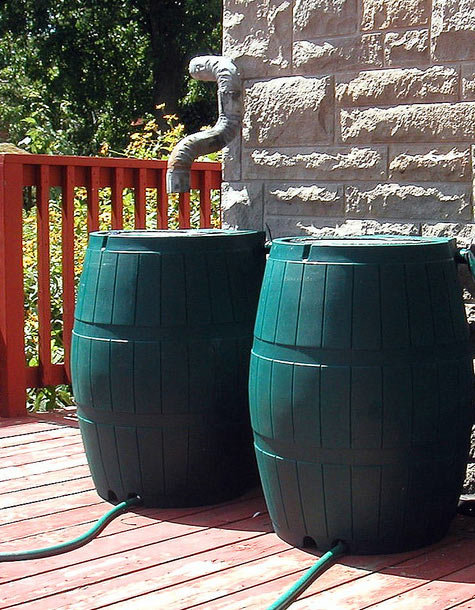
Conserving and reusing the rainwater to water your gardens and plants is great for the ecosystem and it’s cheaper than running up your water bill.
9. Make Your Own Compost
Creating compost takes time, but what could be easier than letting a pile of leaves, grass clippings and kitchen scraps decompose? Compost is the richest, most beneficial type of fertilizer you can find and you can create it basically for free. Reusing plant material also keeps it out of landfills, which in turn helps keep habitat on the outskirts of town from being destroyed to create more landfills. (See our video on Gardening 101 to learn more about composting)
10. Install Bird, Bat, Owl, and Insect Houses
When you don’t have natural habitat spots for these aerial members of your ecosystem, give them a home. Bats eat mosquitos, owls and birds of prey eat rodents and solitary and individual pollinators need places to live too! By inviting these animals into your landscape you will achieve balance in the populations and balance in your ecosystem.
11. Create a Pond or Water Source!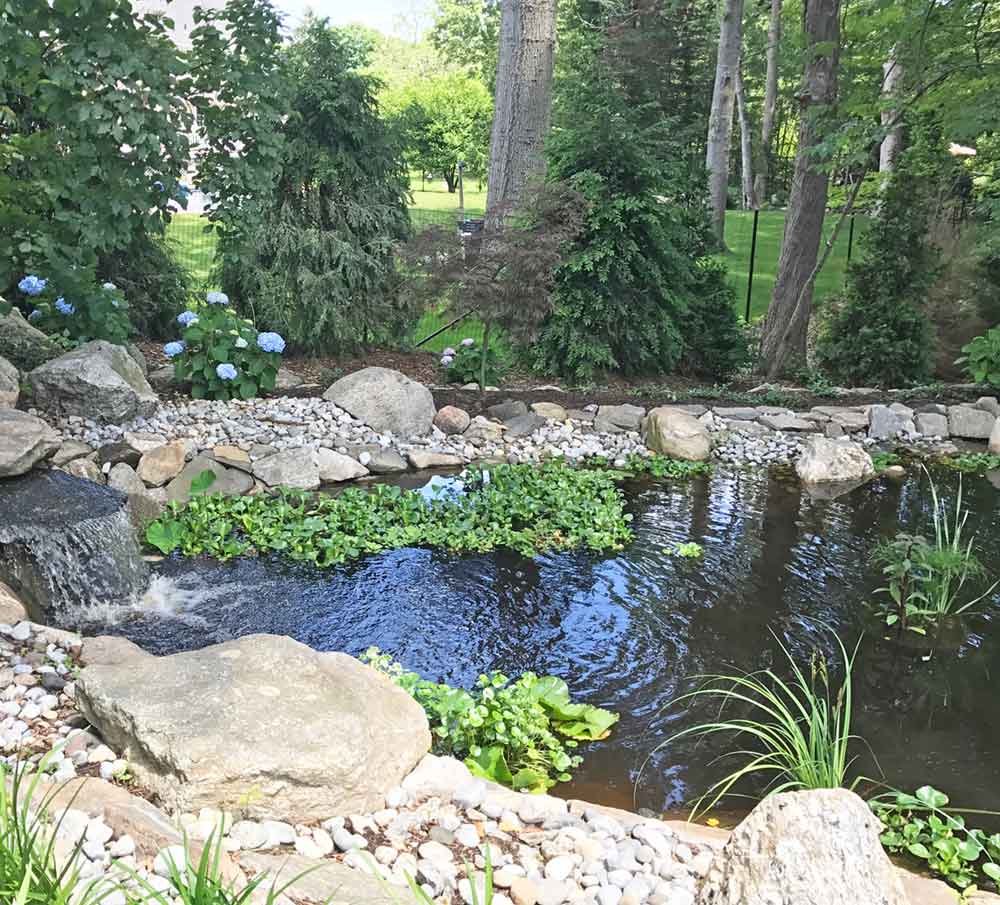
Create a small, shallow pond for butterflies and birds to drink from. A pond as small as 2′ x 2′ will help. In and around the pond, install water-loving native plants such as swamp milkweed, spider lily, and cardinal flower.
It’ll be a beautiful, lively addition to your yard. Besides offering birds nourishment, a pond gives them a place to bathe, keeping their feathers in tip-top shape so that they can escape predators, as well as stay warm in winter and cool in summer.
Ponds also support frogs and toads — both of which are food for the native hawks and owls that reside in our neighborhoods. Plus, toads eat mosquitoes. And that’s good for everyone.
12. Plant Edible Plants or Fruit Bearing Trees and Shrubs
Blueberries, apple trees, peaches, pears and sour cherry are all beautiful landscape plants that add flower and interest to the landscape and also provide sustenance for you and the wildlife. (See our previous post on fruit trees)
Let us know if you are interested in creating your own ecosystem and we can help make a custom plan!
by Stacey Marcell, Licensed Arborist

Stacey Marcell, owner of Northeast Horticultural Services, has a profound passion for the environment and the cultivation of healthy, attractive and sustainable trees and landscapes. Her dedication to the environment and deep love for nature led her to form Northeast Horticultural Services. She hopes to educate people to be good stewards of the earth and looks to form lasting relationships with clients so she can watch her landscapes grow to their full potential.
Arborist #S-4454

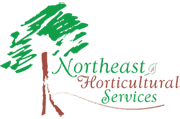
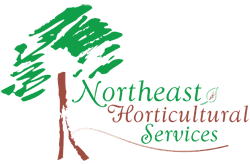
Wonderful! And so inspiring. Now I need a pond…